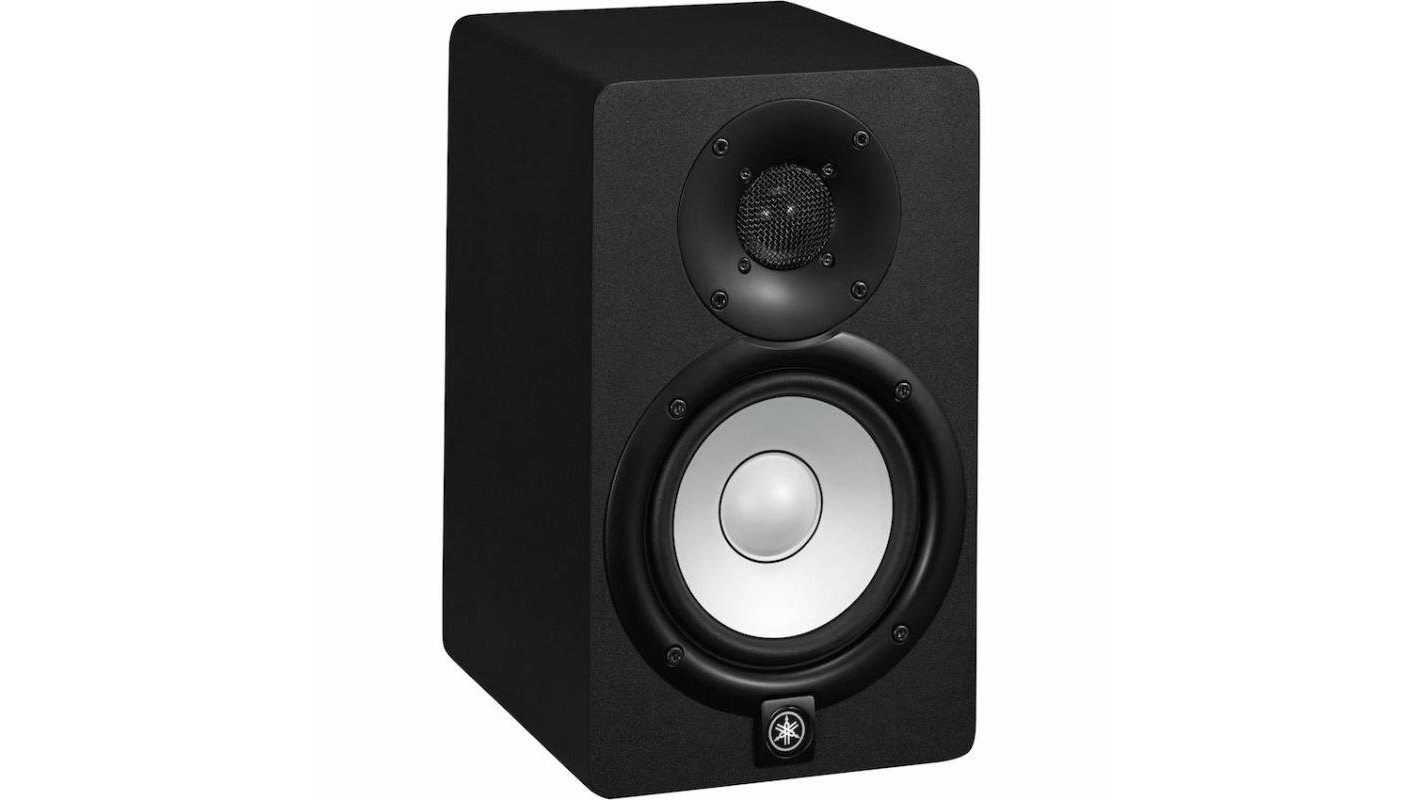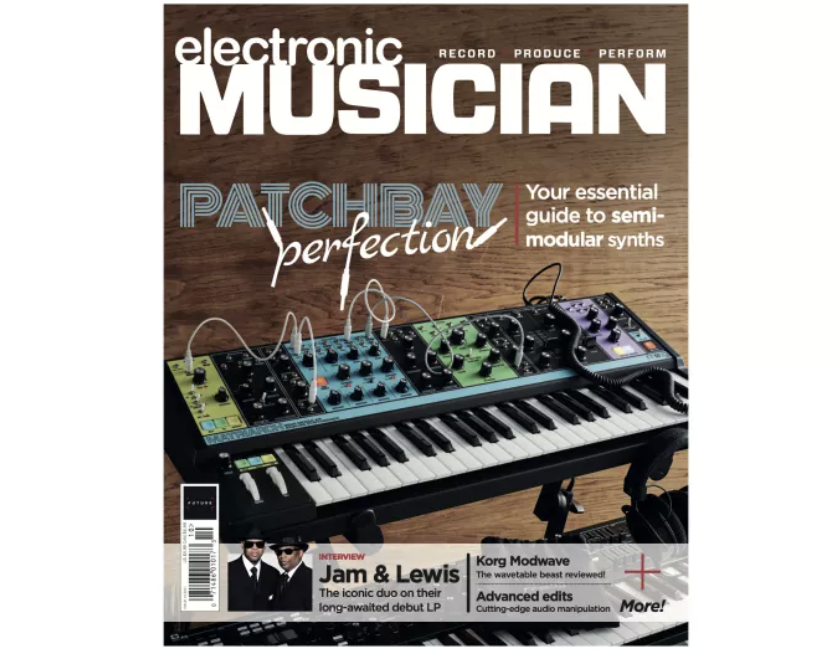Yamaha HS5 review
Sky-high performance for a rock-bottom price

Small monitors aren’t just for people who can’t afford large ones. Savvy engineers know that tiny nearfields provide an invaluable alternative reference to full-range studio monitors when mixing. Problem is, most nearfields sound mediocre when placed where they ergonomically belong, on workstation or console shelves. Yamaha’s new HS5 active monitor, on the other hand, sounds sensational in that setting. And it lists for only $250 each.
Small Room? No problem! Measuring only 6.7" x 11.25" x 8.75" (WxHxD) and weighing only 11.7 pounds, the HS5 accommodates even the most cramped control room. And its Room Control filters, which provide 2 or 4dB of low- shelving cut below 500Hz when activated, compensate for speaker-boundary effects that would otherwise muddy low-frequency response when the monitor is placed near a wall. A companion High Trim filter boosts or cuts the HS5’s response 2dB above 2kHz to make up for an overly damped (boost) or live (cut) room.
The HS5’s 5" woofer and 1" dome tweeter are bi-amplified with enough juice to make a stereo pair of these little guys plenty loud unless you’re as deaf as a post. (A 45W amplifier powers the woofer, while a 25W amp drives the tweeter.) A continuously variable level control is provided. Balanced XLR and TRS connectors provide alternate input; the latter can accept unbalanced signals. It would’ve been nice if the XLR connector latched, but that’s asking for the moon in a monitor with such a low price.
The monitor’s frequency response is stated to be 74Hz to 24kHz, –3dB (with 10dB-down points at 54Hz and 30kHz). If the HS5 is to be your only wide-range monitor, you’ll need to add a subwoofer (such as the Yamaha HS8S) in order to properly mix bass instruments with everything that voices higher up. The response begins to significantly drop off below around 200Hz, almost recovering at 80Hz before tailing off again below. There’s also a minor dip (around 2dB) between 7kHz and 10kHz, which makes vocal sibilance sound slightly understated. There is a significant peak (around 3dB) in the response between roughly 650 and 1,300Hz, which tends to bring lead vocals slightly forward in the mix. A slightly less prominent peak between 10kHz and 16kHz lends the HS5 enhanced detail and air.
Shelf life
Yamaha recommends that you place the HS5 at least five feet from the nearest wall for the flattest response with its built-in filters bypassed. My studio’s ergonomics necessitated placing a stereo pair three feet from the nearest wall, mounted on Primacoustic Recoil Stabilizers that are placed on the shelves of an Omnirax workstation (furniture) for my console. With that placement, setting each monitor’s Room Control switch to its –2dB setting sounded best, make that phenomenal. The imaging, transient response, high-frequency detail, and depth all sounded superb. But the hallmarks of this monitor, and where it bests the competition, are its tight upper-bass and open low-midrange reproduction. Whereas most monitors sound muddy when placed on workstation shelves, the HS5 sounds extraordinarily clear.
I won’t mince words: The HS5 is the best- sounding monitor I’ve heard in its price range by a mile.
Strengths
Unsurpassed clarity, detail, imaging, and transient response in its price range. Performance doesn’t degrade when placed on shelves. Built-in filters and level control. Small footprint. Exceptional value.
Get the MusicRadar Newsletter
Want all the hottest music and gear news, reviews, deals, features and more, direct to your inbox? Sign up here.
Limitations
Very slightly understated sibilance. XLR connector doesn’t latch.
Electronic Musician magazine is the ultimate resource for musicians who want to make better music, in the studio or onstage. In each and every issue it surveys all aspects of music production - performance, recording, and technology, from studio to stage and offers product news and reviews on the latest equipment and services. Plus, get in-depth tips & techniques, gear reviews, and insights from today’s top artists!










